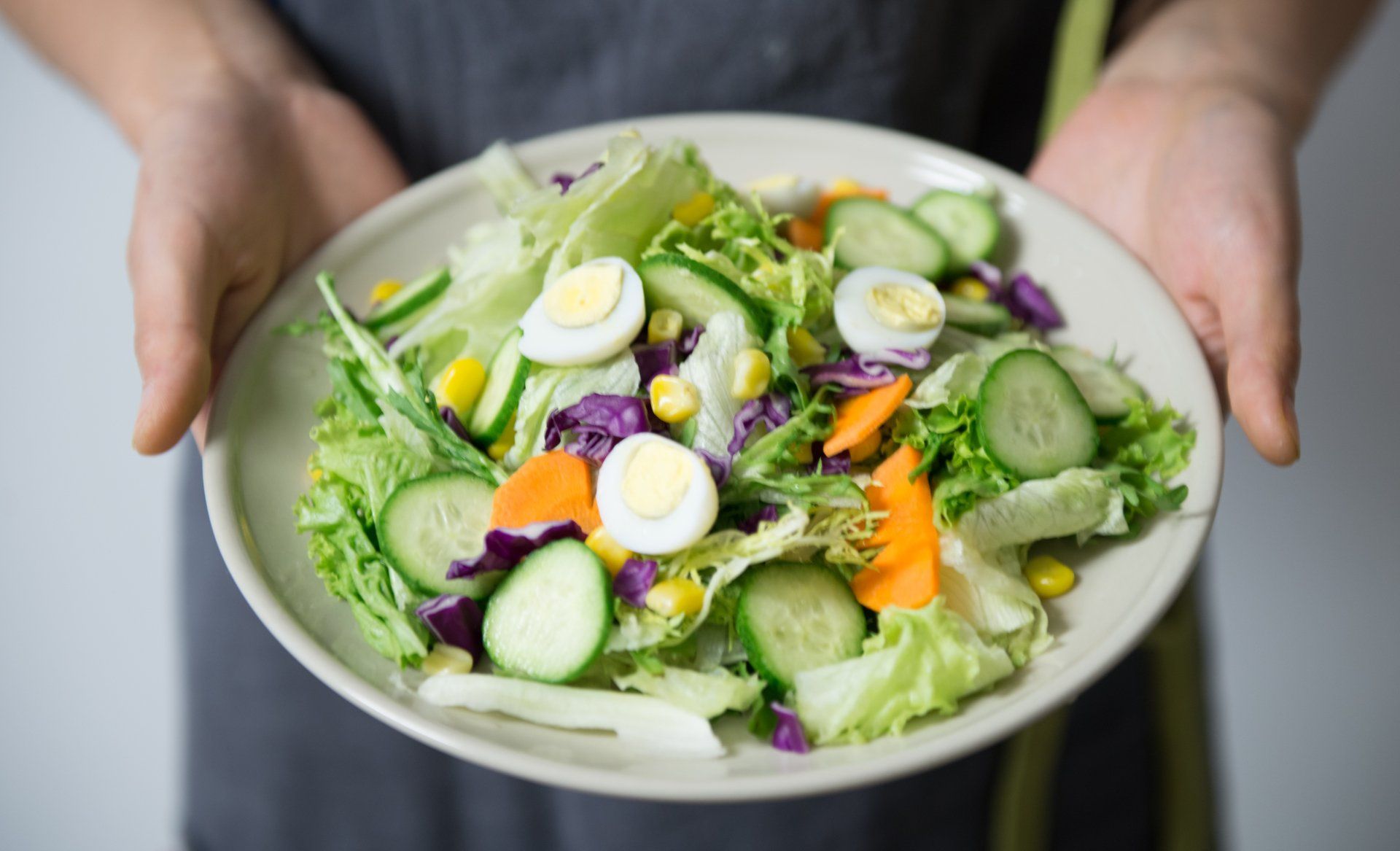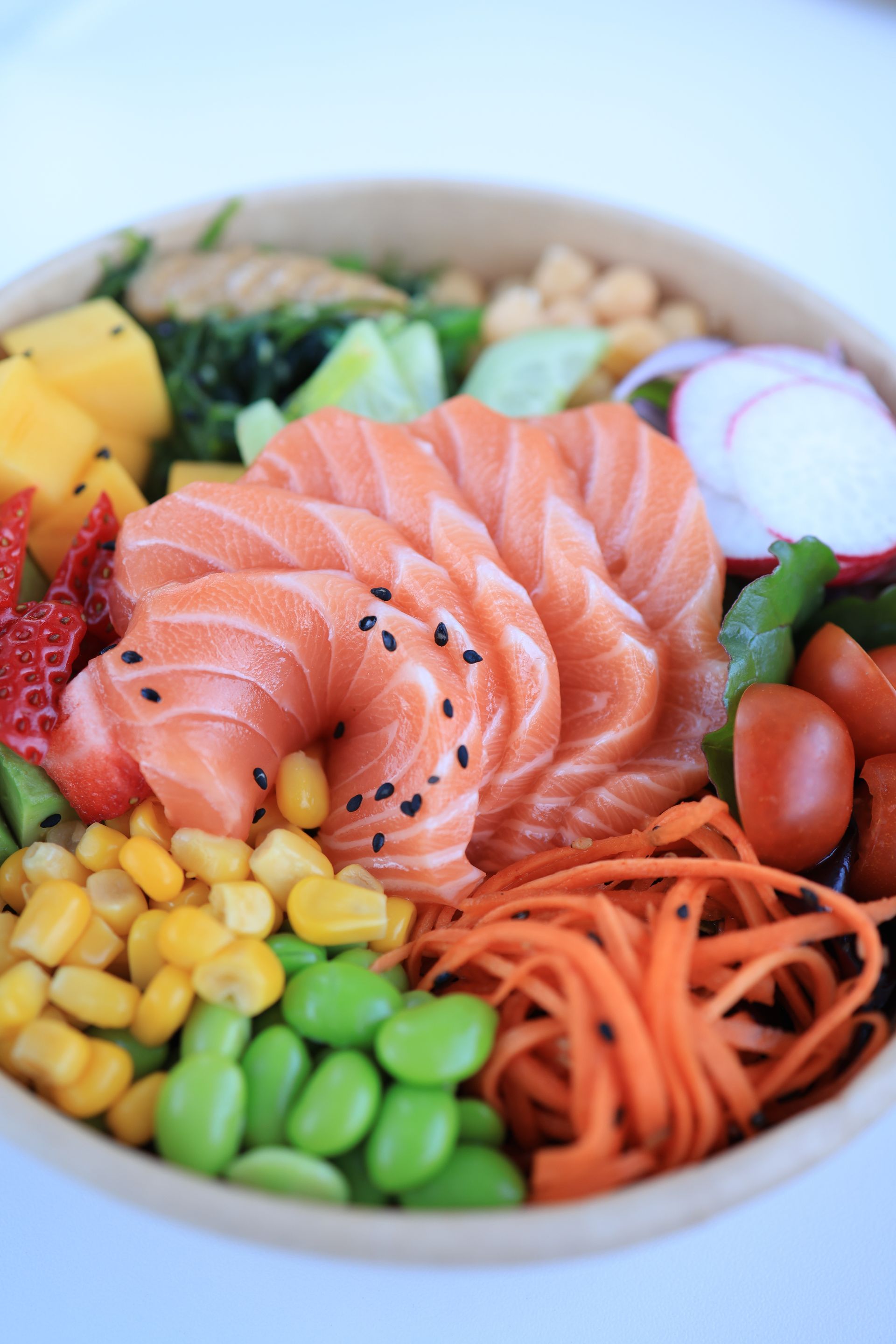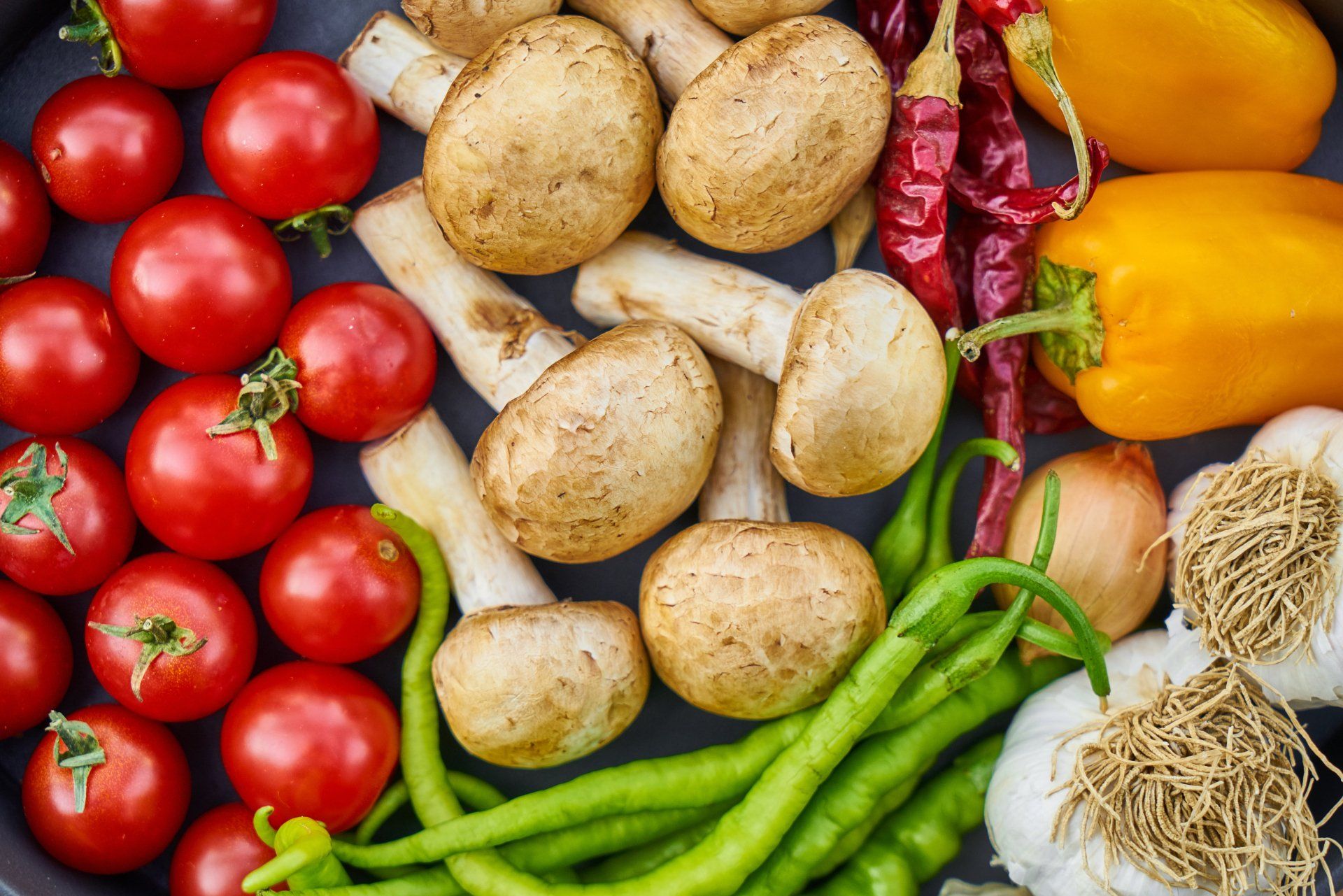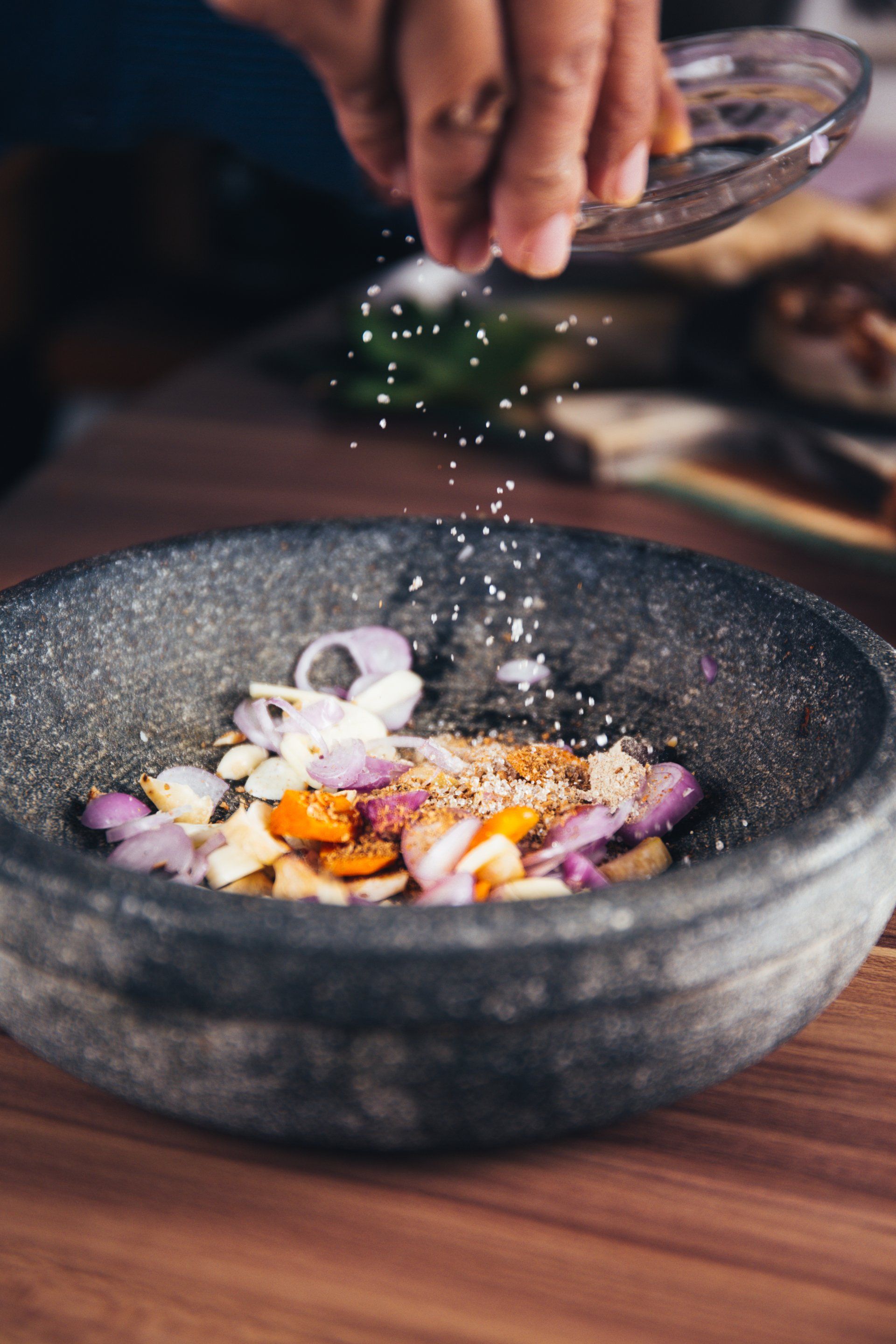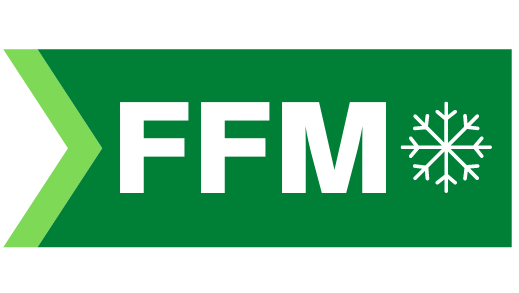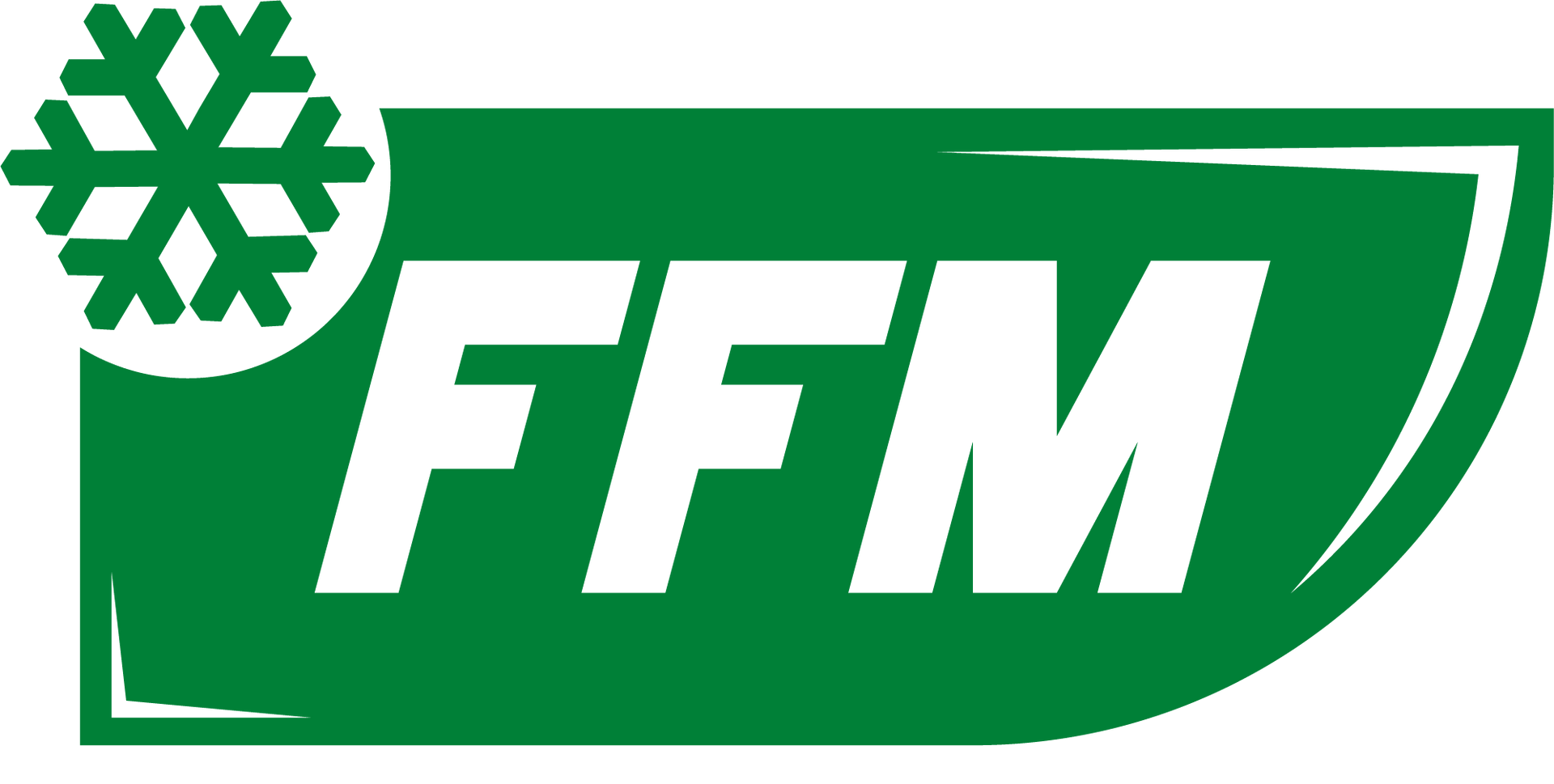The Future of Co-Packing: Emerging Technologies and Industry Outlook
With the rise in demand for frozen food, the co-packing industry has become more and more essential in helping frozen food companies meet the needs of their customers. Co-packers have become an extension of the company's production process, providing a variety of services including packaging, assembly, and distribution. However, the industry is constantly evolving and adapting to new technologies.

In this blog post, we will discuss the emerging technologies that are transforming the co-packing industry and the outlook for the future.
Automation and Robotics
Automation and robotics are revolutionizing the co-packing industry, resulting in improved quality control, reduced labor costs, and increased production. The use of robots in co-packing assures better consistency and precision in packaging. Moreover, automated packaging equipment can be programmed to complete nearly every step in the production process, including loading and unloading, packaging, and labeling. With these advancements, co-packers can ensure that customers receive high-quality, consistent products.
Blockchain Technology
Blockchain is a distributed database structure that records and stores transaction data. It has the potential to completely transform co-packing. By enabling the sharing of transaction data, blockchain can provide greater transparency and accountability in the co-packing process. Moreover, it can help suppliers and customers track products, solve issues, and improve communication by creating a tamper-proof record of all activities. Consequently, blockchain can contribute to building confidence and trust in co-packers.
Augmented Reality (AR) and Virtual Reality (VR)
Augmented and virtual reality bring a new dimension to the co-packing industry. They provide co-packers the ability to design and lay out the production line in a virtual environment, enhancing efficiency and reducing production time. Furthermore, with AR and VR, co-packers have the means to demonstrate their process to clients even before the physical product is made. This makes it easier for both the co-packers and manufacturers to visualize desired outcomes and consider changes that may be necessary.
Quality Control
Quality control is perhaps the most important factor in the co-packing industry. Responsibility for producing quality products falls on both co-packers and manufacturers. Companies need to ensure that their co-packers apply standard procedures and use consistent inputs. Fortunately, advances in technology, such as machine learning, have led to more accurate labeling and inspection of products. These technologies create consistent and reliable products while reducing the occurrence of human error.
Co-Packing Industry Outlook
Co-packing is a rapidly growing industry projected to register a compound annual growth rate of 9.64% during the period 2020-2025. The growth of the industry is a result of increased demand for convenience food, improved focus on premium food packaging, and the mixing of distribution channels. Also, there will be increased demand for co-packers to provide value-added services such as supply chain management, warehousing, and fulfillment services to differentiate themselves from competitors.
In conclusion, the co-packing industry is on the verge of an exciting future, driven by emerging technologies such as automation and robotics, blockchain, AR and VR, and quality control. These technologies are transforming the way in which co-packers operate, making it easier to produce high-quality products while reducing costs and time. Industry players who stay ahead of these technological trends will undoubtedly be poised to take advantage of exciting growth opportunities as the demand for convenience food continues to grow.


